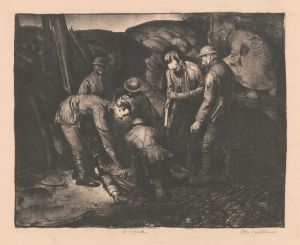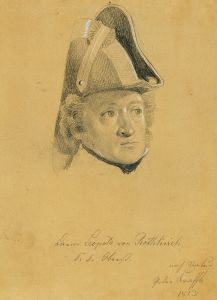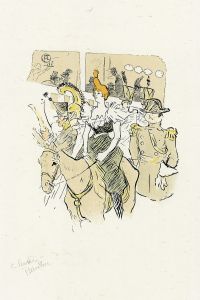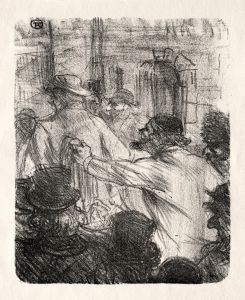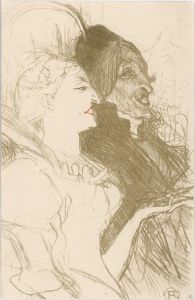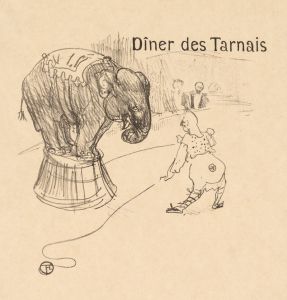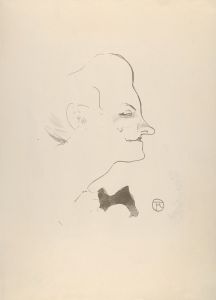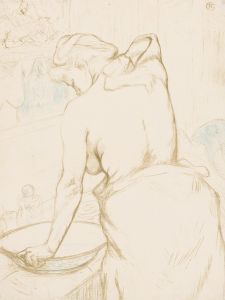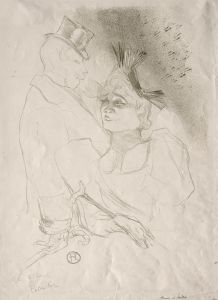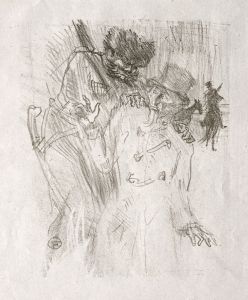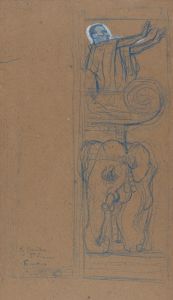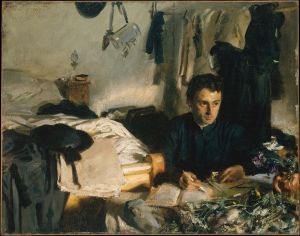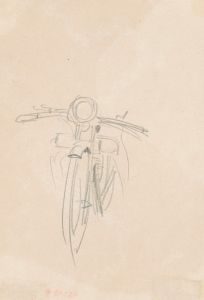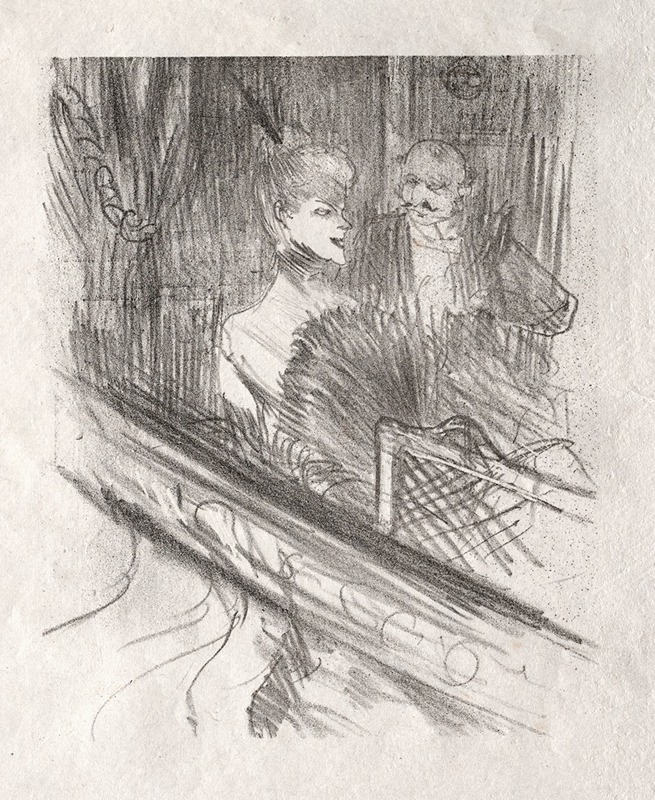
Au pied du Sinaï: Le Baron Moïse
A hand-painted replica of Henri de Toulouse-Lautrec’s masterpiece Au pied du Sinaï: Le Baron Moïse, meticulously crafted by professional artists to capture the true essence of the original. Each piece is created with museum-quality canvas and rare mineral pigments, carefully painted by experienced artists with delicate brushstrokes and rich, layered colors to perfectly recreate the texture of the original artwork. Unlike machine-printed reproductions, this hand-painted version brings the painting to life, infused with the artist’s emotions and skill in every stroke. Whether for personal collection or home decoration, it instantly elevates the artistic atmosphere of any space.
Henri de Toulouse-Lautrec, a renowned French painter, printmaker, draughtsman, and illustrator, created the artwork "Au pied du Sinaï: Le Baron Moïse" in the late 19th century. Toulouse-Lautrec is best known for his depictions of the bohemian lifestyle in Paris, particularly in the Montmartre district, where he spent much of his career. His works often capture the vibrant nightlife, including scenes from cabarets, theaters, and dance halls.
"Au pied du Sinaï: Le Baron Moïse" is one of Toulouse-Lautrec's lesser-known works. The title translates to "At the Foot of Sinai: The Baron Moses," suggesting a biblical or historical theme, which is somewhat atypical for Toulouse-Lautrec, who usually focused on contemporary subjects. The painting's title references Mount Sinai, a significant location in the Abrahamic religions, where Moses is said to have received the Ten Commandments.
The artwork features a depiction of a figure identified as Baron Moïse, or Baron Moses, which may imply a character of nobility or a person of significant stature. The exact identity of this figure and the specific context within the painting are not well-documented, leaving some aspects of the work open to interpretation. However, Toulouse-Lautrec's skillful use of color, line, and composition is evident, showcasing his unique style and ability to convey character and emotion.
Toulouse-Lautrec's artistic style is characterized by his use of bold outlines, flat areas of color, and an emphasis on capturing the essence of his subjects rather than adhering to strict realism. His works often exhibit a sense of immediacy and intimacy, drawing viewers into the scenes he portrays. This approach is likely present in "Au pied du Sinaï: Le Baron Moïse," although specific details about the painting's composition and technique are scarce.
Henri de Toulouse-Lautrec was born on November 24, 1864, in Albi, France, into an aristocratic family. Despite his privileged background, he faced significant physical challenges due to a genetic disorder that stunted the growth of his legs. These physical limitations did not hinder his artistic pursuits; instead, they may have fueled his dedication to his craft. Toulouse-Lautrec moved to Paris in the early 1880s to study art, where he became a central figure in the city's avant-garde art scene.
Throughout his career, Toulouse-Lautrec produced a vast body of work, including paintings, posters, and prints. He was a master of lithography and played a crucial role in elevating the status of the poster as an art form. His depictions of Parisian nightlife, particularly his posters for the Moulin Rouge, remain iconic and influential.
Toulouse-Lautrec's life was marked by personal struggles, including alcoholism and health issues, which ultimately led to his early death at the age of 36 on September 9, 1901. Despite his short life, his impact on the art world was profound, and his works continue to be celebrated for their innovation and insight into the human condition.
In summary, "Au pied du Sinaï: Le Baron Moïse" by Henri de Toulouse-Lautrec is a lesser-known work that reflects the artist's distinctive style and ability to capture character and emotion. While specific details about the painting are limited, it remains a testament to Toulouse-Lautrec's artistic talent and his contribution to the world of art.





